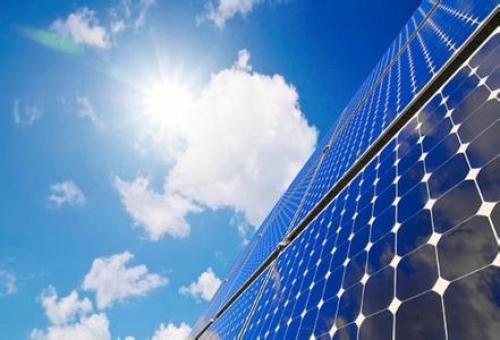
According to relevant data, Asia’s continued strong demand for high-efficiency solar wafers is driving the average sales price of silicon wafers to reach around US$1.0 per slice in February 2014. It is expected that Taiwanese manufacturers will achieve balance or actual profits for the first time in a few years, and the silicon wafer manufacturing industry has long been in excess capacity.
The demand for high-efficiency wafers from Taiwanese manufacturers also drives suppliers' prices to more than one dollar per piece.
EnergyTrend research manager Miao Jiazheng said: “Taiwan wafer makers are currently achieving full production. However, they are still unable to meet the large-scale demand, so delay all shipping time. Related manufacturers have been actively seeking outsourcing opportunities so that they can On the other hand, the price of silicon wafers continued to rise in January, and current data shows that the price of wafers from Taiwanese manufacturers has reached US$1.01-1.05 per tablet, which is an increase of US$0.03-0.05 per tablet compared to December prices. The increase was 3.1%-5.1%."
The gradual increase in the price of silicon wafers also stems from the rising price of polysilicon. EnergyTrend stated that in the first week of January 2014, the price of polysilicon reached 18.498 US dollars per kilogram.
Bernreuter Research said last week that it expects polysilicon prices will increase in the first half of this year (US$21/kg to US$24/kg), but as the new low-cost polysilicon production capacity of up to 66,000 MT will run in 2014, the end of the year is lower Current level.
Taiwan's Green Energy Technology (GET) stated that as utilization is expected to remain at 95% in the first quarter of 2014, current strong sales will lead to capacity expansion.
Another Taiwan-based wafer maker, Sino-American Silicon, recently reported that its revenue in December 2013 was US$67.7 million, a YoY increase of 5.9%, and year-on-year increase of 13.7%.
As products are used to meet domestic demand and meet the anti-dumping duties levied by the United States on solar cells produced in China, Taiwanese manufacturers are benefiting from an increase in the outsourcing of silicon wafers, batteries and components, mainly from photovoltaic manufacturers in China and Japan.
Do you know what is ENEPIG in PCB?
What is ENEPIG?ENEPIG-Electroless Nickel Electroless Palladium Immersion Gold is a surface finish for Printed Circuit Boards.ENEPIG works well with lead free and conventional eutectic solder alloys.This is the best way for gold wire bonding. Advantages for ENEPIG:
1.[Black Nickel" free – no possibility of grain boundary corrosion of nickel surface by immersion gold
2.Palladium acts as an additional barrier layer to further reduce copper diffusion to surface, thus ensuring good solderability
3.Palladium completely dissolves into solder, without leaving an excessively high P% rich interface, exposing an oxide-free nickel surface allowing reliable formation of Ni/Sn intermetallic
5.Withstands multiple lead-free reflow soldering cycles
6.Demonstrates excellent gold wire bondability
7.Process costs substantially lower than electrolytic nickel gold or electroless nickel electroless gold
ENEPIG PCB,Aluminum PCB,Rigid PCB,Flexible PCB
Storm Circuit Technology Ltd , https://www.stormpcb.com
